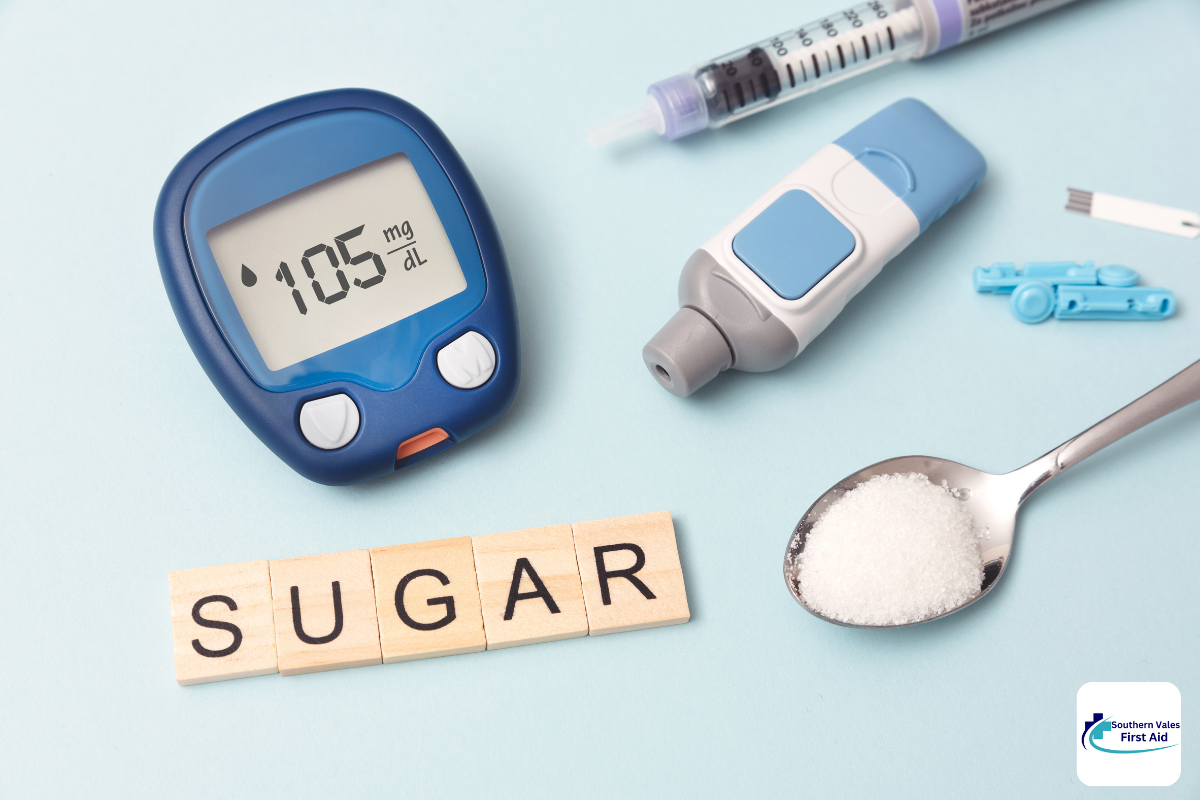Type 1 diabetes is a chronic autoimmune condition where the body’s immune system mistakenly attacks and destroys insulin-producing beta cells in the pancreas. This destruction leads to an insulin deficiency, which means that the body cannot effectively regulate blood sugar levels. Insulin is a crucial hormone that allows glucose (sugar) to enter cells and be used for energy. Without sufficient insulin, glucose builds up in the bloodstream, leading to high blood sugar levels, or hyperglycemia.
The exact cause of Type 1 diabetes is not fully understood, but it is believed to involve a combination of genetic predisposition and environmental triggers, such as viral infections. Unlike Type 2 diabetes, which is often associated with lifestyle factors and insulin resistance, Type 1 diabetes is not preventable and typically manifests in childhood or adolescence, though it can occur at any age.
Symptoms of Type 1 diabetes include frequent urination, excessive thirst, extreme hunger, weight loss, fatigue, and blurred vision. If not managed properly, it can lead to serious complications such as diabetic ketoacidosis (a life-threatening condition), cardiovascular diseases, nerve damage, kidney damage, and eye damage.
Management of Type 1 diabetes requires lifelong insulin therapy, which can be administered through injections or an insulin pump. Blood sugar levels must be regularly monitored using blood glucose meters or continuous glucose monitors. In addition to insulin therapy, individuals with Type 1 diabetes must follow a balanced diet, engage in regular physical activity, and consistently monitor their blood sugar levels to prevent complications and maintain overall health. Education and support are also crucial for effective self-management and coping with the condition.
